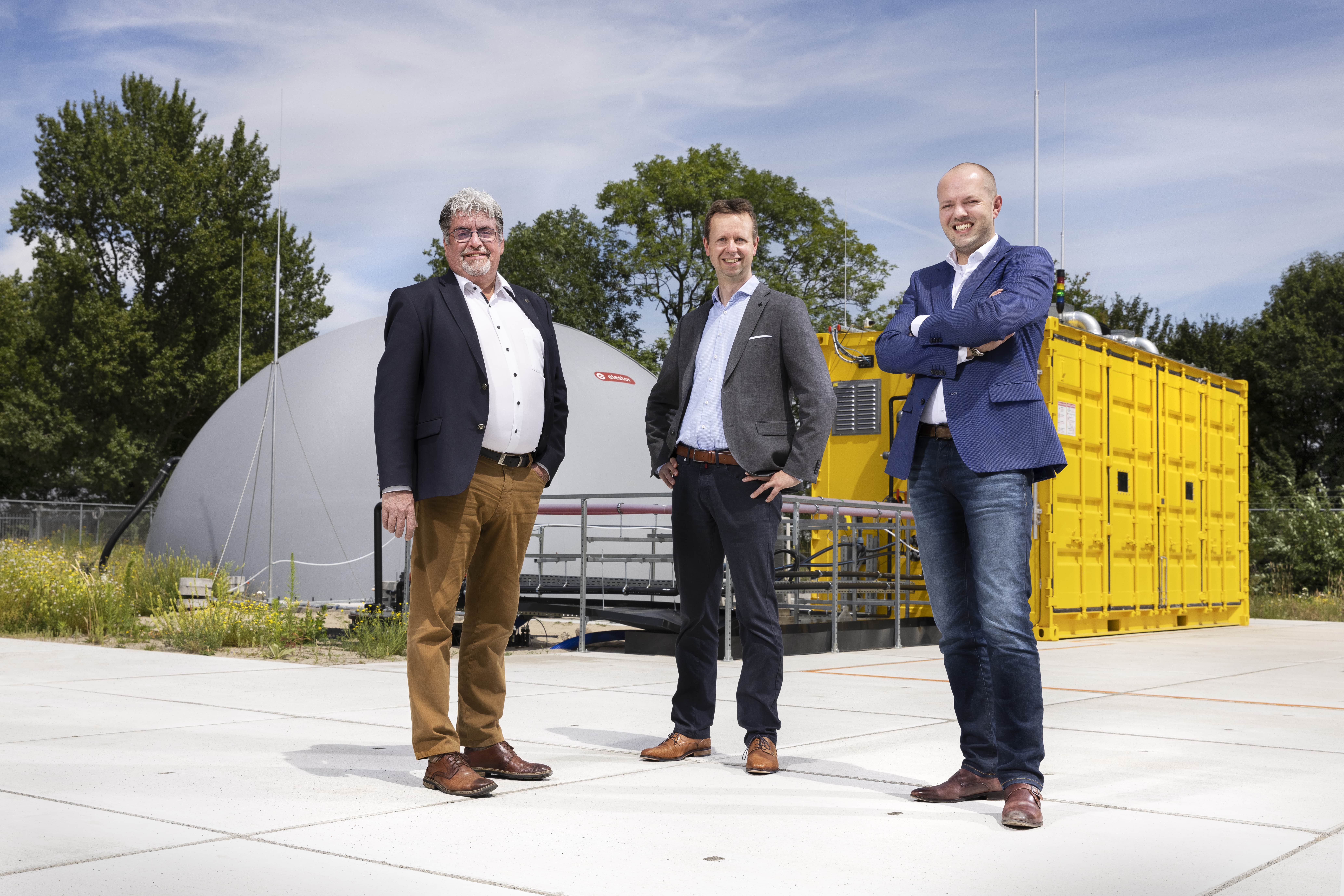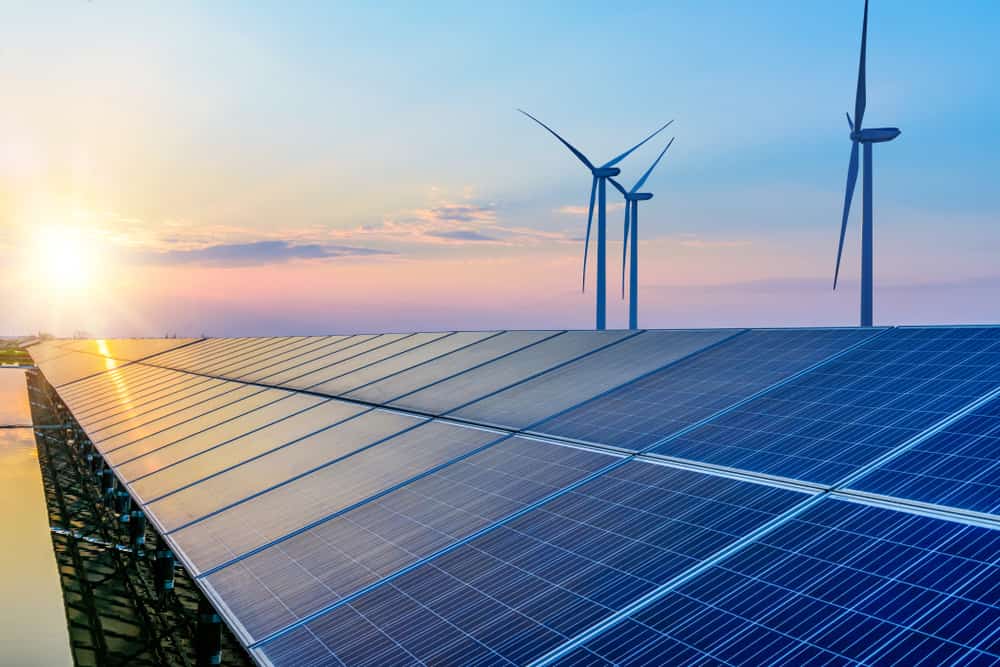
MIT researchers are advancing flow battery technology for grid-scale energy storage, offering a promising solution to accommodate the increasing dominance of renewable energy sources. Flow batteries store energy in liquid electrolytes, allowing adjustable capacity and power, making them ideal for large-scale, long-duration storage. The most widely used flow battery chemistry involves vanadium, which has limited supply and high costs. To overcome this challenge, alternative chemistries using abundant and inexpensive materials are being researched.
The potential of flow batteries
Flow batteries have numerous advantages over traditional solid-state batteries, including longer lifetimes and lower costs. They consist of two large tanks holding liquid electrolytes – one positive and one negative – which contain dissolved active species that undergo electrochemical reactions, releasing or storing electrons. The capacity of a flow battery, or the amount of energy it can store, can be adjusted independently from its power, the rate at which it can be charged and discharged. This flexibility enables flow batteries to be designed and modified according to specific applications and future needs.

However, flow batteries also face challenges, such as electrolyte degradation and “crossover” – the mixing of active species between tanks, which can cause capacity loss. Despite these issues, flow batteries are more cost-effective and easy to maintain than conventional batteries, as their components are more easily accessed for remediation.
Vanadium: the current state of the art
Today, the most common flow battery setup uses vanadium in different oxidation states on both sides. Vanadium is a stable material that doesn’t degrade, and its use prevents permanent cross-contamination of the electrolytes. However, as the demand for renewable energy grows, so will the need for flow batteries, putting pressure on vanadium supply. Vanadium extraction is difficult due to its dilute occurrence, and its production is limited to a few locations such as Russia, China, and South Africa, resulting in high and volatile prices.

Researchers are exploring alternative chemistries using more abundant and cheaper materials to address these challenges. However, comparing the economics of different options is complex, as multiple variables and components are involved in the electrochemical system. To aid in decision-making for research and investment, MIT has developed a techno-economic modelling framework for estimating the levelized cost of storage for different chemistries.
Other battery types for grid-scale energy storage
Aside from flow batteries, lithium-ion batteries are also commonly used for grid-scale energy storage, accounting for 77% of US systems. Lithium-ion batteries offer high efficiency, energy density, and cycle life, making them a popular choice for energy storage. However, emerging alternatives such as organic metal-free, vanadium, and zinc flow batteries show promise for grid-scale applications due to their scalability, longer lifespans (up to 100,000 cycles or 20 years), and safety.
Furthermore, lead acid batteries, an old yet reliable technology, can be used for solar energy storage. Deep cycle lead acid batteries, designed with thicker, long-lasting lead plates, can draw power slowly and evenly, making them suitable for solar storage. Although lead acid batteries may not be as efficient as lithium-ion or flow batteries, their robustness and low cost make them a viable option for certain applications.
Future outlook for grid-scale energy storage
As the world continues to shift towards greener energy production, grid-scale energy storage will play a critical role in balancing power generation and consumption. Technological advancements in flow batteries and other battery types, such as lithium-ion and lead acid batteries, will contribute to the development of more efficient, cost-effective, and scalable energy storage solutions.

Moreover, the energy system of the future is expected to be digital, decentralized, and self-healing. Interconnected energy hubs, powered by renewable sources, will enable peer-to-peer trading and distribution of energy, further transforming the way we manage and consume electricity. As research and development continue in battery technologies, energy density improvements, cost reduction, and safe battery systems will pave the way for a more sustainable and reliable grid.

